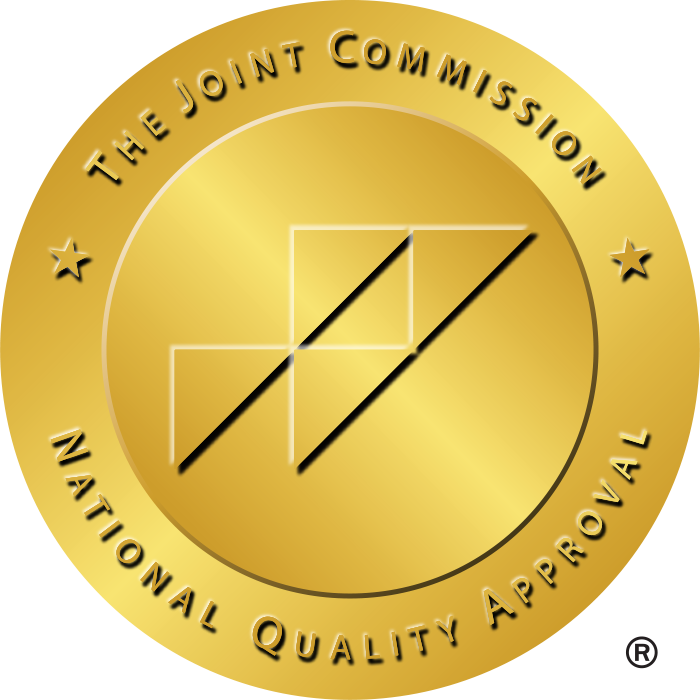Medical facilities are under pressure to provide excellent patient care while controlling rising costs and dealing with chronic staff shortages. Achieving the right balance between quality standards and cost control has never been easy.
This is exactly where healthcare staffing agencies come into play, providing solutions that can revolutionize your facility’s workforce management strategies.
You may be questioning whether partnering with a staffing agency is really worth the resources. Allow me to explain how this strategic choice not only helps save your healthcare facility valuable time and expenses but also assuages the quality of care you provide to patients.
The Hidden Costs of Traditional Hiring
Before exploring the benefits of staffing agencies, it’s important to understand the true cost of traditional hiring methods. When a healthcare facility handles recruitment internally, the expenses extend far beyond the salary of a new hire.
Then, the recruitment process becomes a drain on resources. Your Human Resource team invests dozens of hours creating job descriptions, distributing vacancies across multiple platforms, filtering resumes, conducting background checks, validating credentials, and planning interviews.
As per the Society for Human Resource Management, the average cost-per-hire by industry is around $4,700 per hire but can reach even $10,000 per position for specialized healthcare roles.
Another critical element is time. The average time-to-fill for positions in healthcare is anywhere from 49 days for nurses to more than 180 days for some specialist physicians. Your operating room has been on hold for months, while there is a vacancy period for your staff, where experienced individuals work double hours, numbers of patients per provider rise, and the waiting days extend before the operating room — and quality metrics start to head south.
A study found that understaffing in hospitals is directly associated with higher rates of patient complications and readmissions, further increasing costs.
Then comes the risk of making a bad hire. In the scramble to fill critical positions, facilities sometimes missed warning signs or lowered standards. Bad hires in healthcare can cost up to three times that of an employee’s annual salary when factoring in the costs associated with recruiting for the role, training time, decreased productivity, adverse effects on team morale, and the potential impact on patient care.
The Time-Saving Advantages of Staffing Partnerships
Healthcare staffing agencies serve as specialized workforce management partners that can dramatically reduce the time your facility spends on recruitment and staffing issues.
Immediate Access to Pre-Qualified Candidates
One of the biggest time saves is often in the form of a well-established network of healthcare professionals who have already met the necessary background checks and screenings.
Staffing agencies have comprehensive databases of qualified candidates who have already gone through initial vetting, such as license verification, skills assessment, reference-checking, and background screening. When you need someone to fill a role, these agencies can easily have the appropriate candidates for you in days, not weeks or months.
Being able to ramp up staff with little notice is useful for unanticipated staff shortages, leaves of absence, and seasonal peaks in patient volume. Instead of frantically trying to fill swathes of schedules with burnt-out full-time staff, you can place orders for qualified professionals who are able to hit the ground running with little orientation.
Streamlined Hiring Processes
Recruitment processes have been refined to maximum efficiency. They identify qualified candidates by leveraging specialized healthcare recruiting expertise, candidate tracking systems, and established professional network databases. Recruiters are familiar with the intricate needs of various healthcare roles and are able to pinpoint exact matches for your facility’s requirements.
With the administrative burden of recruitment being shifted significantly to the agency, your internal staff can concentrate on core business and patient care and not spend so long on hiring processes.
The agency takes care of initial interviews, credential verification, reference checks, and other time-consuming parts of the hiring process. Your team just has to interact with pre-vetted candidates who fulfill your requirements.
The Financial Benefits of Agency Partnerships
While staffing agencies charge fees for their services, a comprehensive financial analysis often reveals that these partnerships generate significant cost savings when all factors are considered.
Reduced Overtime Expenses
Overtime often ranks among the top controllable expenses for healthcare facilities. When facilities run double and triple the industry minimum staffing levels, any absence or increase in patient volume means overtime for current staff.
Besides the immediate cost — usually time-and-a-half or double-time pay rates — over time breeds burnout, reduced productivity, and potential quality issues. Staffing agencies offer flexible workforce options, which can help avoid or greatly reduce overtime costs.
You pay regular rates instead of overtime pay by staffing temporary staff during peak times or to fill vacancies. By effectively managing the use of agency staff, one mid-sized hospital reduced overtime by just 20% in this way and achieved savings of over $800,000 a year.
Elimination of Benefit Costs for Temporary Staff
When you hire full-time employees, their compensation extends well beyond base salary. Benefits typically add 25-35% to employment costs, including health insurance, retirement contributions, paid time off, and other benefits.
For temporary staff provided through agencies, these additional costs are eliminated. The agency serves as the employer of record, handling all benefits, payroll taxes, workers’ compensation, and liability insurance.
This arrangement is particularly advantageous for covering extended leaves, seasonal volume fluctuations, or special projects where permanent staffing would be inefficient. You pay only for the hours worked, with no obligation for ongoing employment costs when the need diminishes.
Reduction in Turnover-Related Expenses
Healthcare consistently ranks as one of the highest turnover rate industries, with some facilities reporting turnover exceeding 20% annually. Every departure starts another costly hiring cycle, as well as interim staffing issues. Staffing agencies reduce these costs in a number of ways.
- First, agencies can temporarily cover vacancies, which can minimize service disruptions and decrease pressure to make permanent hiring decisions too prematurely. This allows your facility to conduct a deep diligence search for the right permanent candidates while keeping the doors open.
- Second, the temp-to-perm option is offered by many agencies and is essentially an extended working interview. Hiring professionals for a temporary assignment gives you the chance to evaluate their skills, reliability, and fit with your culture before making a permanent employment commitment — greatly reducing the risk of a bad hiring decision.
- Third, some firms go beyond just retention planning and help identify what’s leading your facility to turn over staff, whether that’s compensation issues, workflow inefficiencies, or gaps in leadership.
Cost-Effective Specialty Coverage
Staffing agencies offer especially powerful financial incentives for deeply specialized jobs or jobs needed infrequently. Instead of having full-time specialists who may not be fully utilized, you can hire these individual professionals through agencies on an as-needed basis.
Imagine a rural hospital needing specialized surgical aid for certain procedures. Instead of hiring these high-demand professionals in-house, which could be a half-a-million dollar-a-year commitment with limited case volume, the facility can schedule agency specialists to come in and support these expensive procedures as needed and only pay for the actual service time required.
Building a Strategic Staffing Partnership with Healthcare Staffing Agencies
If you want to get the most out of the time and cost savings offered by staffing agencies, treat these relationships as strategic partnerships rather than transactional vendor relationships.
That starts with choosing agencies that both specialize in healthcare and understand your particular environment—acute care in particular, but also long-term care, ambulatory services, or whatever’s applicable. Analyze their screening processes, quality assurance policies, continuing education options, retention rates, and more among their professional team.
Instead of spreading your business across multiple vendors consider consolidating your temporary staffing needs with fewer, more deeply engaged agency partners. This strategy frequently results in preferred rates, preferred access to top talent, as well as more personalized service.
A Long-Term Solution for Healthcare Success
For healthcare organizations looking to resolve their short-staffing issue, an alliance with a healthcare staffing agency is not simply a Band-Aid fix, but rather a sound investment in your facility’s operational efficiency, financial well-being, and quality of patient care.
Overall, when assessed holistically, these partnerships often provide meaningful returns in terms of time savings, direct cost reductions, and quality improvements. The shift in reimbursement models, consumer expectations, technological innovations, and changes to workforce demographics will continue, and flexible staffing solutions will be a critical component for organizational success.
Organizations that take sophisticated approaches to workforce management, including applying strategic staffing partnerships, will be better positioned for sustainability in an uncertain future. Perhaps try running an analysis of how much current recruitment is costing you how much vacancies are proving to be an issue or the general difficulties you face in staffing.
Consider conducting a thorough assessment of your current recruitment costs, vacancy impacts, and staffing challenges. This analysis will likely reveal opportunities where partnering with a specialized healthcare staffing agency can transform these challenges into competitive advantages, saving your facility both precious time and financial resources while enhancing the care you provide to patients.






